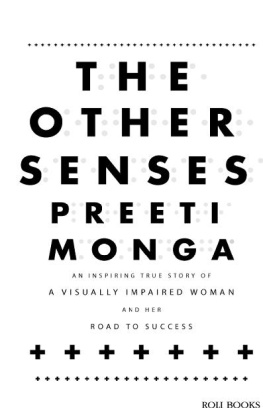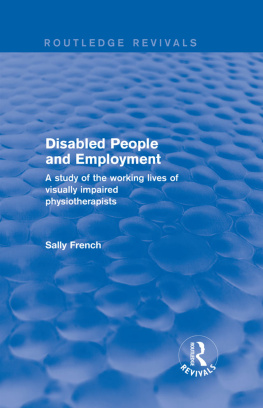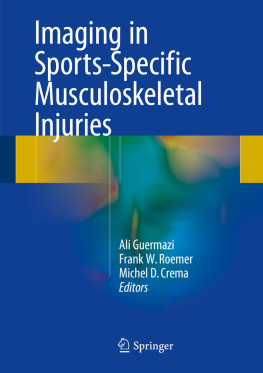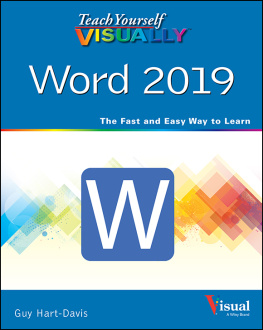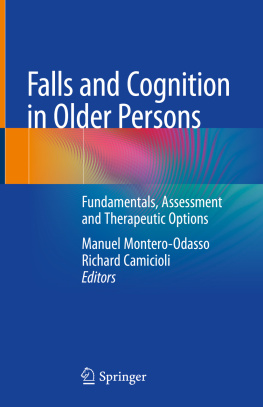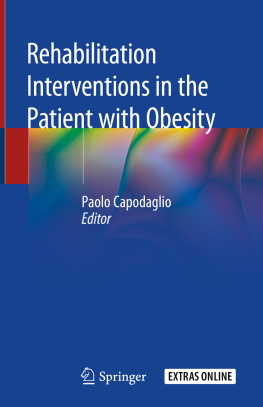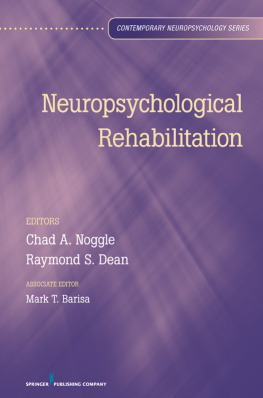Frank W. DiChiara O.D. F.A.A.O. - Rehabilitation of the Visually Impaired
Here you can read online Frank W. DiChiara O.D. F.A.A.O. - Rehabilitation of the Visually Impaired full text of the book (entire story) in english for free. Download pdf and epub, get meaning, cover and reviews about this ebook. year: 2021, publisher: Page Publishing Inc, genre: Home and family. Description of the work, (preface) as well as reviews are available. Best literature library LitArk.com created for fans of good reading and offers a wide selection of genres:
Romance novel
Science fiction
Adventure
Detective
Science
History
Home and family
Prose
Art
Politics
Computer
Non-fiction
Religion
Business
Children
Humor
Choose a favorite category and find really read worthwhile books. Enjoy immersion in the world of imagination, feel the emotions of the characters or learn something new for yourself, make an fascinating discovery.

- Book:Rehabilitation of the Visually Impaired
- Author:
- Publisher:Page Publishing Inc
- Genre:
- Year:2021
- Rating:4 / 5
- Favourites:Add to favourites
- Your mark:
- 80
- 1
- 2
- 3
- 4
- 5
Rehabilitation of the Visually Impaired: summary, description and annotation
We offer to read an annotation, description, summary or preface (depends on what the author of the book "Rehabilitation of the Visually Impaired" wrote himself). If you haven't found the necessary information about the book — write in the comments, we will try to find it.
Rehabilitation of the Visually Impaired — read online for free the complete book (whole text) full work
Below is the text of the book, divided by pages. System saving the place of the last page read, allows you to conveniently read the book "Rehabilitation of the Visually Impaired" online for free, without having to search again every time where you left off. Put a bookmark, and you can go to the page where you finished reading at any time.
Font size:
Interval:
Bookmark:

- The development of new distance and near eye charts for the evaluation of the low-vision patient
- The structured low-vision evaluation
- A catalog of low-vision devices and charts for the eyecare professions
- The first to emphasize the impact of ocular pathology in vision function
- The vision function oriented low-vision examination that included new tests of visual function: the Amsler grid and contrast sensitivity
- The development of sun wear and filters for the visually impaired
- Being the founder of the Lighthouse continuing education program in the 70s that trained leaders in low vision throughout the US and the world
Font size:
Interval:
Bookmark:
Similar books «Rehabilitation of the Visually Impaired»
Look at similar books to Rehabilitation of the Visually Impaired. We have selected literature similar in name and meaning in the hope of providing readers with more options to find new, interesting, not yet read works.
Discussion, reviews of the book Rehabilitation of the Visually Impaired and just readers' own opinions. Leave your comments, write what you think about the work, its meaning or the main characters. Specify what exactly you liked and what you didn't like, and why you think so.


